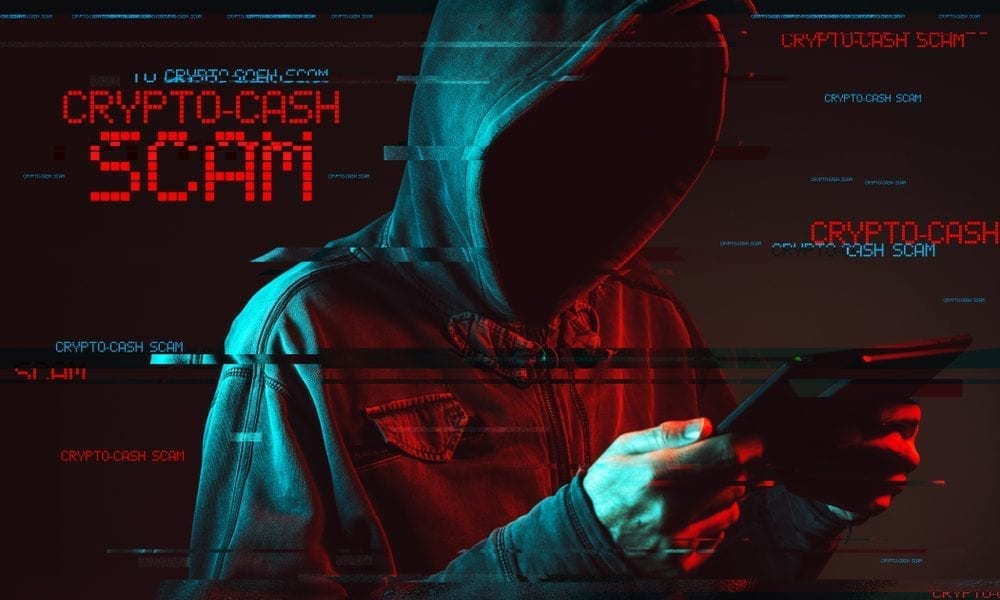
The crypto world has incredible potential—but it’s also full of traps. From rug pulls and phishing schemes to fake tokens and impersonators, crypto scams are everywhere in 2025. As adoption grows, so do the number and sophistication of frauds.
This guide will teach you how to recognize the red flags and protect your assets—before it’s too late.
Why Crypto Is a Magnet for Scammers
Irreversible transactions
Once you send crypto, it’s gone. There are no chargebacks or dispute centers. That makes crypto ideal for fraudsters—and risky for the unprepared.
Anonymous by default
With pseudonymous wallets, scammers can vanish instantly. Even when found, it’s hard to trace or prosecute them, especially across borders.
Hype culture
Crypto moves fast. Many people jump into tokens, NFTs, or platforms without doing proper research—creating a perfect playground for scammers who know how to manipulate emotion and FOMO.
Most Common Crypto Scams in 2025
1. Rug pulls
A project launches, gains traction, then the developers drain all liquidity and disappear. This is common in DeFi tokens or NFT collections that promise huge returns or “next-gen” features.
How to spot it:
- Anonymous team, no LinkedIn profiles
- No real product, only a whitepaper and flashy site
- No audits or external reviews
- Tokenomics that reward insiders
2. Phishing websites and fake apps
Scammers create fake versions of real platforms (like MetaMask, Uniswap, or Ledger). They rank on search engines or get shared via fake support accounts.
How to spot it:
- URLs with small typos (ex: coinbasse.com)
- Unverified app stores or browser extensions
- Requests for your private keys or seed phrase (NEVER share these)
3. Ponzi schemes and fake yield farms
They promise you 30%, 50%, or even 100% APY with “no risk.” Early users get paid from new users’ money. Once the flow stops, the whole thing collapses.
How to spot it:
- Guaranteed returns
- No transparent business model
- Hidden ownership or location
- Aggressive social media marketing with referral bonuses
4. Pump and dump groups
Telegram or Discord groups that claim they’ll “pump” a coin together. Usually run by insiders who dump on new buyers.
How to spot it:
- Sudden shill campaigns for obscure tokens
- No fundamental value or utility
- Anonymous group admins
5. Fake influencers and impersonators
You’ll see fake Elon Musks, fake Vitaliks, or even fake Binance CEOs offering giveaways or promotions.
How to spot it:
- Messages like “Send 0.1 ETH, receive 1 ETH back”
- Verified badge missing
- Comment sections full of bots and spam
How to Stay Safe (and Still Invest)
Always verify the source
Bookmark official crypto websites and only download wallets or extensions from those links. Never click ads on search engines when it comes to wallets, exchanges, or DeFi platforms.
Use cold storage for significant funds
If you’re holding more than a few hundred dollars in crypto, store it on a hardware wallet like Ledger or Trezor. Hot wallets (connected to the internet) are more vulnerable to phishing and malware.
Do your own research (DYOR)
Before investing in a new token or project, check:
- Who’s behind it (transparent team?)
- Do they have working products, not just promises?
- Is the token audited?
- What’s their business model?
If it sounds too good to be true, it probably is.
Don’t chase hype
By the time a token is trending on TikTok or Twitter, it’s often too late. Scammers know how to use viral tactics to exit at the top—while you’re buying at the peak.
Extra Tips for 2025
Use scam-checking tools
Some reliable resources include:
- ScamSniper.io: scans token contracts and flags risk
- RugDoc: community-driven audits for DeFi projects
- CoinMarketCap & CoinGecko: check project age, market cap, and team info
- Twitter search: look up “[project name] scam” and see what the community says
Turn on two-factor authentication (2FA)
Secure all your crypto exchange accounts with strong passwords + 2FA (not SMS—use apps like Authy or Google Authenticator).
Watch for fake support accounts
Never trust “support agents” in DMs on Telegram, Discord, or Twitter. Legit platforms never contact users first.
Trust your gut
If something feels off, wait. Scams often rely on urgency and pressure. Take a breath before signing or sending anything.
Real Cases from the Last Year
- A fake airdrop site mimicking Arbitrum drained over $1M in user funds via wallet signature traps.
- A DeFi project promising 80% APY vanished after 3 months—founders had used AI avatars instead of real photos.
- An NFT influencer promoted a project on YouTube, then deleted all content after it rugged hours later.
These aren’t edge cases. They happen weekly.
Final Rule: Protect Before You Profit
Crypto isn’t just about making money. It’s about not losing it. With a smart, skeptical mindset, you can explore the space safely—and take advantage of the incredible opportunities without falling into traps.
In 2025, being crypto-savvy means being scam-aware.







